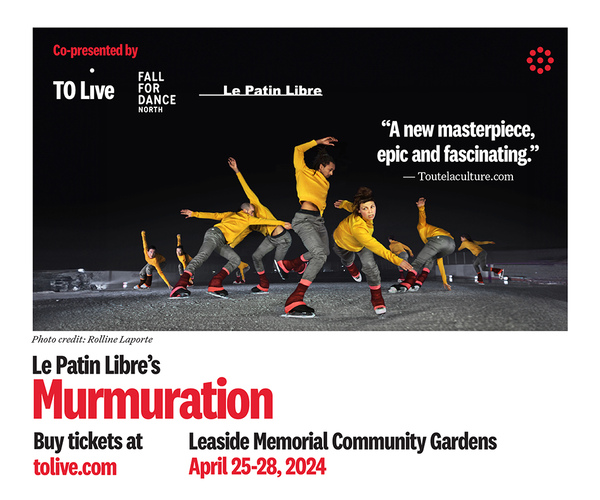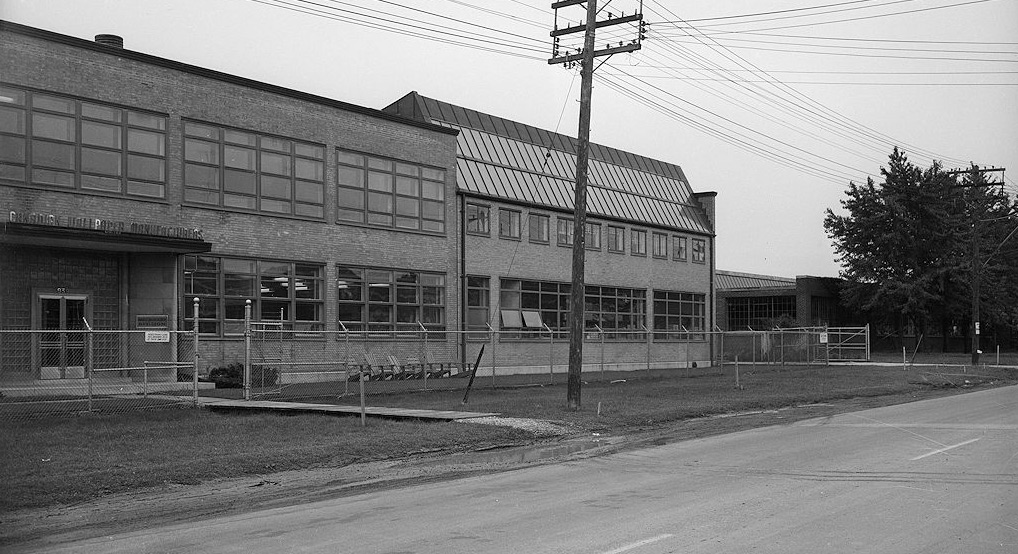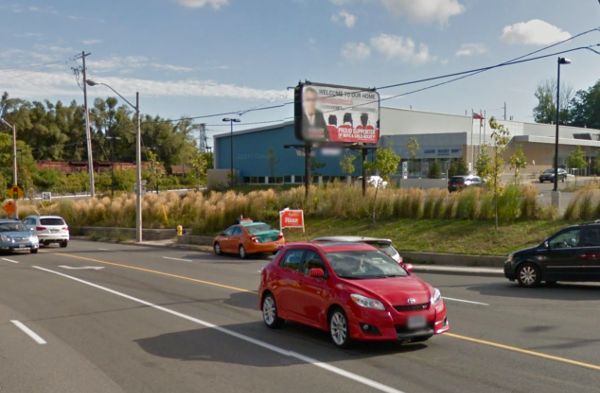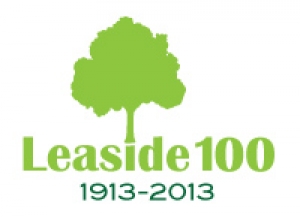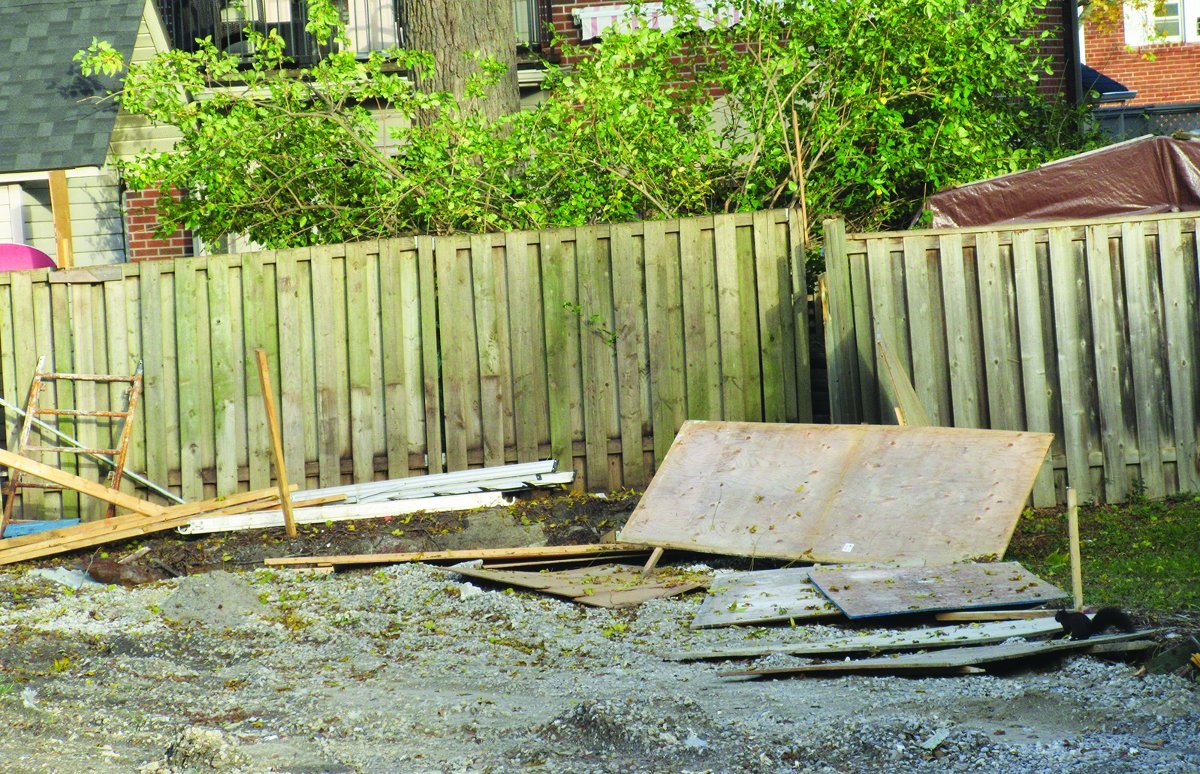
Just over one year ago (November 2016) this column addressed street trees, and whether existing protections are adequate, based on experience of a demolition and redevelopment on Airdrie Rd. But interior (private) trees on the same or adjacent lots may need protection as well. Has the City increased tree protection efforts?
A recent case is 35 Donegall Dr., where the owner of the property behind the dwelling being demolished (on MacNaughton) has a large black walnut tree that falls under tree protection bylaws. After demolition of the house and garage at 35 Donegall the contractor piled materials in the tree protection zone, and the tree protection fence was knocked down. A few phone calls later and an inspector arrived to have the protection zone reinstated. End of story?
The November 2016 article mentioned a motion by Councillor Jaye Robinson at Parks and Environment Committee calling for increased enforcement of tree protection bylaws. I checked into this and it turns out that this motion, after following a meandering course involving staff reports and more council committees, ended up with City Council approving six temporary positions in 2017, hopefully becoming seven permanent positions in 2018, subject to the 2018 budget process. The staff report from Urban Forestry states that:
“Between 2011 and 2016, the number of complaints reported under the tree bylaws increased by 71% city-wide. In 2016, complaints intensified such that Urban Forestry did not have the resources to respond to the increasing demand for investigations or the increasing amount of applications (62% permit application increase between 2011 and 2016). As a result, only 52% of alleged contraventions were being investigated with an average staff response time of 43 days.
The report ends by saying: “It is hoped that enhanced enforcement of the tree bylaws would in time foster increased voluntary compliance.”
Let’s make sure the positions are made permanent. The 2018 budget process is just beginning. Ask Councillor Burnside to support the increased enforcement staff for tree protection. By the way, this should not affect your property taxes. The staff report states that (the new positions) “are expected to be funded by contravention inspection fees generated under the bylaws for this purpose.”
34 Cameron Crescent: renovation or demolition?
This was all about preventing the loss of a key part of the Cameron Cres. streetscape, and unfortunately it’s a fail. Recall that the LPOA appealed to the Toronto Local Appeal Body (TLAB) after the Committee of Adjustment approved the owner’s “minor variance” application, with minor modifications, which involved demolition and new building.
Hearing that the owner Nima Zarbakhsh was open to considering a renovation/addition option that would retain, as a minimum, the building façade, we reached out to him and met on October 27th, together with Councillor Burnside and Connor Turnbull of Leaside Matters. Nima confirmed he was willing to consider this option, but not with a legal agreement to bind the process.
We presented interested neighbours with both options and sought their advice. Their responses generally sorted into two camps: strong support for demolition/replacement from the two abutting neighbours, and strong or nuanced support for renovation/addition from others on both sides of the street. The existing house sits virtually on the neighbours’ property lines, so a demolition replacement option would require pulling the house back from the line. As the immediate neighbour said, “We will not get the additional space and light on the south side of our home that the setbacks for a new house would have given us.”
On October 31, the LPOA notified the owner that we were withdrawing our request that he consider a renovation/addition option, and would proceed to withdraw the TLAB appeal of the Committee of Adjustment decision.
The learning from this experience is that Leasiders are often reluctant to preserve the unique Leaside architectural character if their neighbours disagree, even if the proposed new home with its high ceilings will loom over its neighbours.
What we’ve learned is that the Committee of Adjustment (and appeal to the TLAB) is an ineffective process for maintaining neighbourhood character.
So where do we go from here? We need help and support from the City to require the Committee of Adjustment to uphold the existing bylaws. And we need the City to stop delaying designation of parts of the community for heritage protection, accelerate the completion of its neighbourhood design guidelines template, and take steps to make such guidelines legally enforceable.

